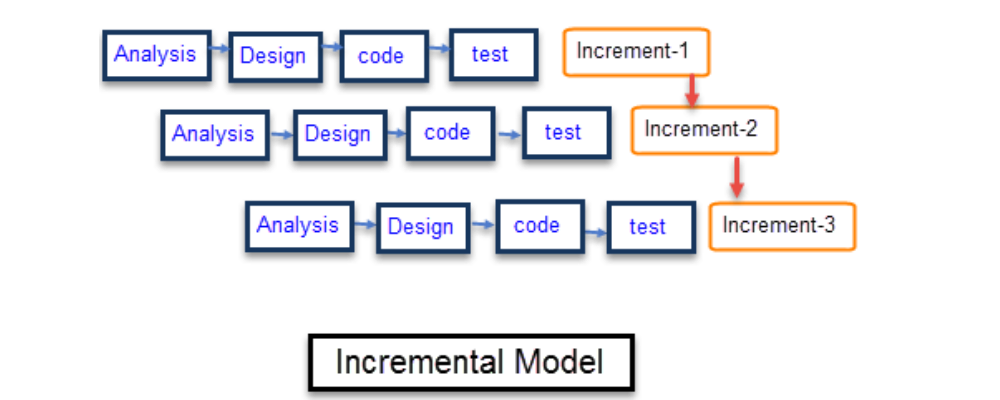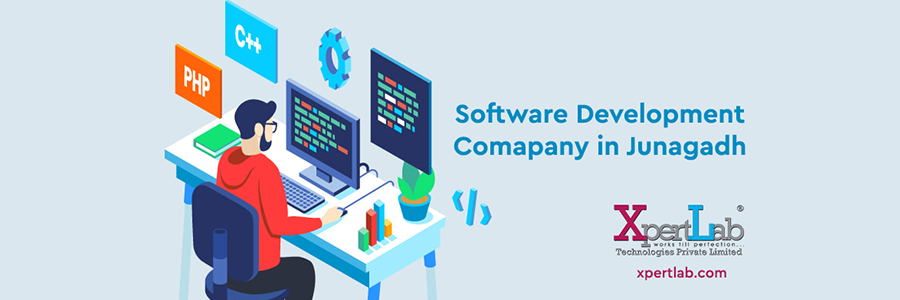Incremental Software Development Model

Amazon SNS
11th May 2021
Amazon CloudFront
20th May 2021Incremental Model
Incremental Model is a process of software development where requirements divided into multiple standalone modules of the software development cycle. In this model, each module goes through the requirements, design, implementation and testing phases. Every subsequent release of the module adds function to the previous release. The process continues until the complete system achieved.
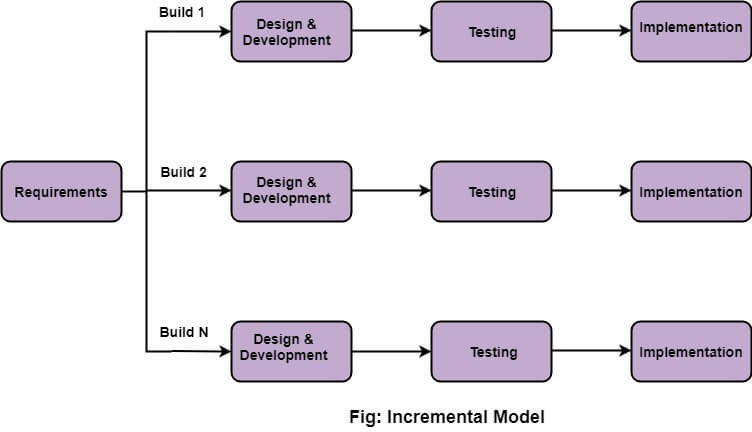
The various phases of incremental model are as follows:
1. Requirement analysis: In the first phase of the incremental model, the product analysis expertise identifies the requirements. And the system functional requirements are understood by the requirement analysis team. To develop the software under the incremental model, this phase performs a crucial role.
2. Design & Development: In this phase of the Incremental model of SDLC, the design of the system functionality and the development method are finished with success. When software develops new practicality, the incremental model uses style and development phase.
3. Testing: In the incremental model, the testing phase checks the performance of each existing function as well as additional functionality. In the testing phase, the various methods are used to test the behavior of each task.
4. Implementation: Implementation phase enables the coding phase of the development system. It involves the final coding that design in the designing and development phase and tests the functionality in the testing phase. After completion of this phase, the number of the product working is enhanced and upgraded up to the final system product
When we use the Incremental Model?
- When the requirements are superior.
- A project has a lengthy development schedule.
- When Software team are not very well skilled or trained.
- When the customer demands a quick release of the product.
- You can develop prioritized requirements first.
Incremental process model is also know as Successive version model.
First, a simple working system implementing only a few basic features is built and then that is delivered to the customer. Then thereafter many successive iterations/ versions are implemented and delivered to the customer until the desired system is released.

A, B, C are modules of Software Product that are incrementally developed and delivered.
Life cycle activities –
Requirements of Software are first broken down into several modules that can be incrementally constructed and delivered. At any time, the plan is made just for the next increment and not for any kind of long term plans. Therefore, it is easier to modify the version as per the need of the customer. Development Team first undertakes to develop core features (these do not need services from other features) of the system.
Once the core features are fully developed, then these are refined to increase levels of capabilities by adding new functions in Successive versions. Each incremental version is usually developed using an iterative waterfall model of development.
As each successive version of the software is constructed and delivered, now the feedback of the Customer is to be taken and these were then incorporated in the next version. Each version of the software have more additional features over the previous ones.

After Requirements gathering and specification, requirements are then spitted into several different versions starting with version-1, in each successive increment, next version is constructed and then deployed at the customer site. After the last version (version n), it is now deployed at the client site.
Types of Incremental model
- Staged Delivery Model – Construction of only one part of the project at a time.
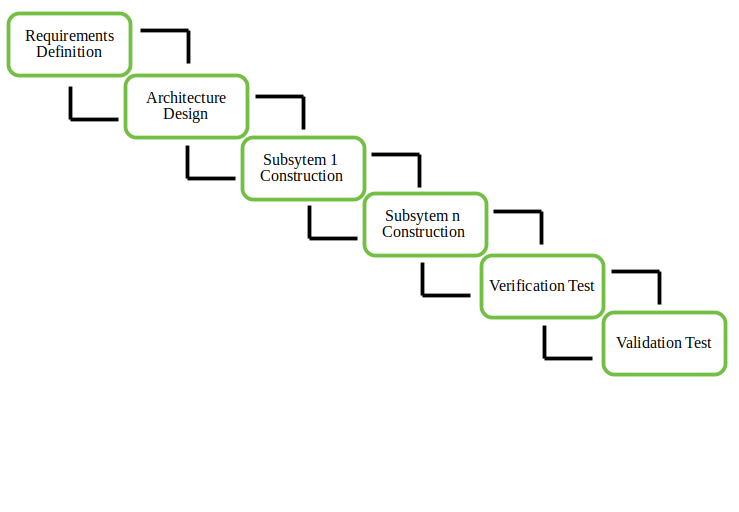
- Parallel Development Model – Different subsystems are developed at the same time. It can decrease the calendar time needed for the development, i.e. TTM (Time to Market), if enough Resources are available.
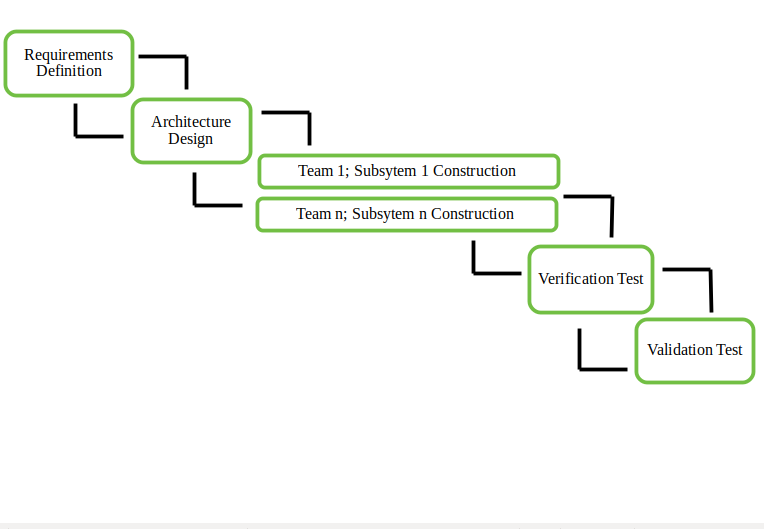
Advantage of Incremental Model
- Errors are easy to be recognized.
- Easier to test and debug
- More flexible.
- Simple to manage risk because it handled during its iteration.
- The Client gets important functionality early.
Disadvantage of Incremental Model
- Need for good planning
- Total Cost is high.
- Well defined module interfaces are needed.


